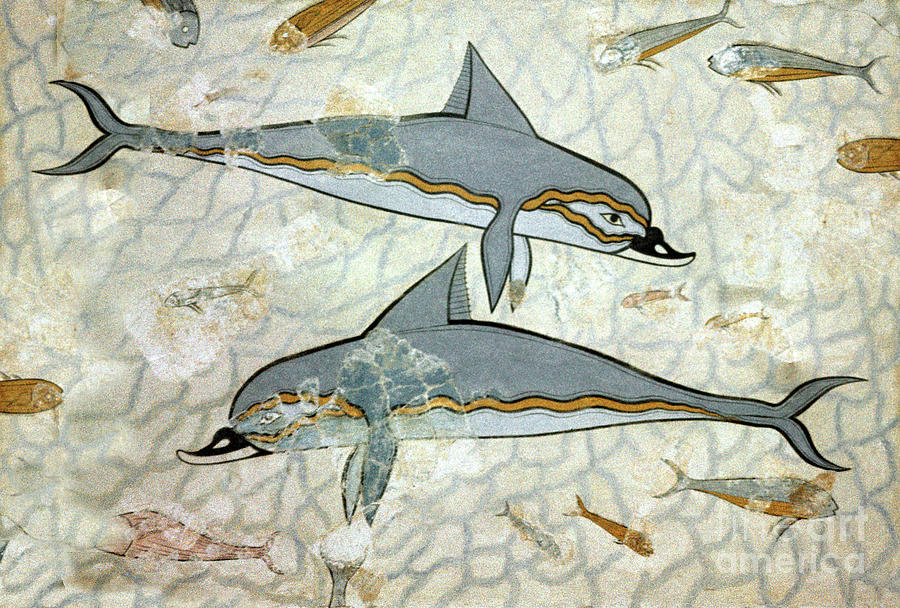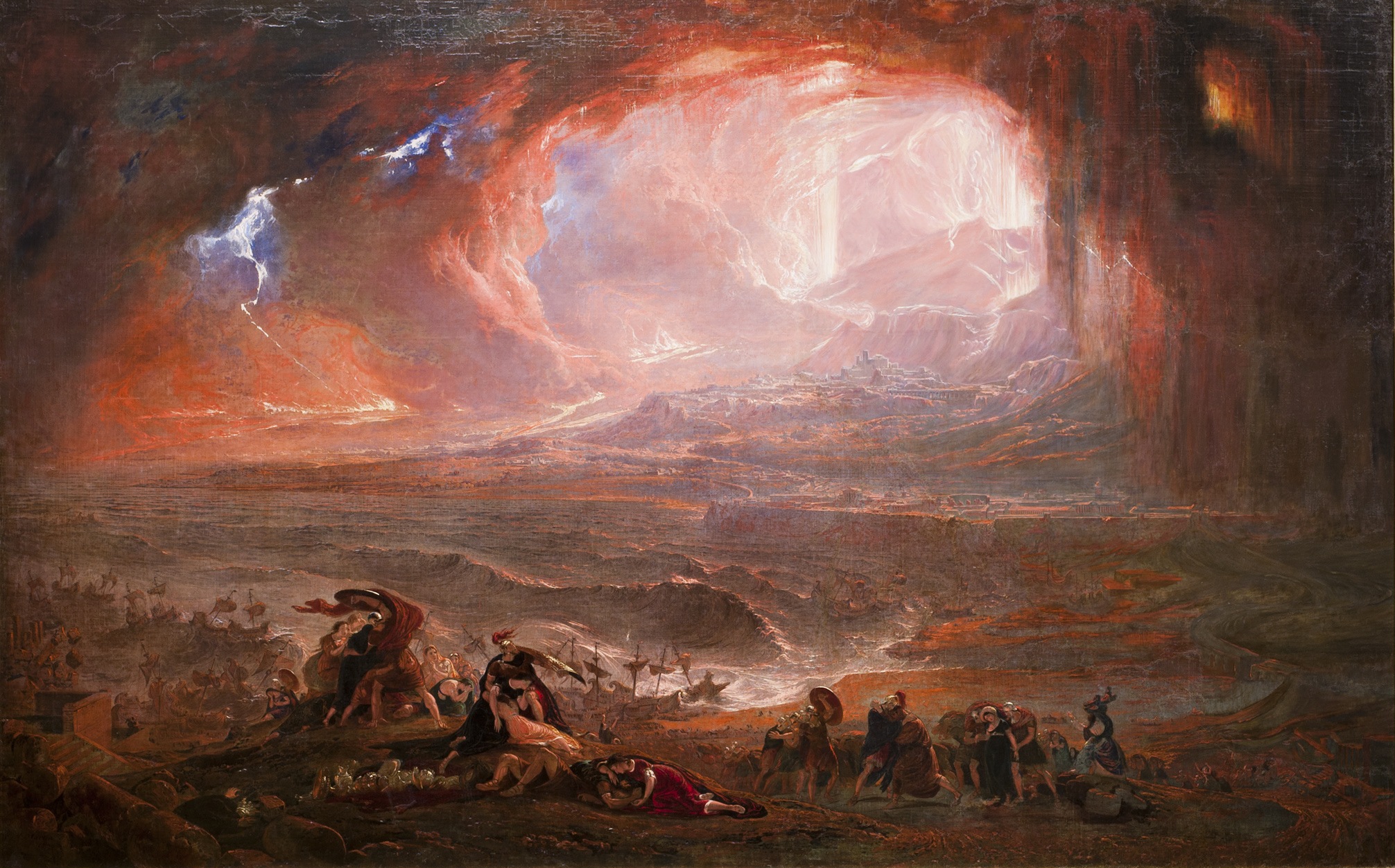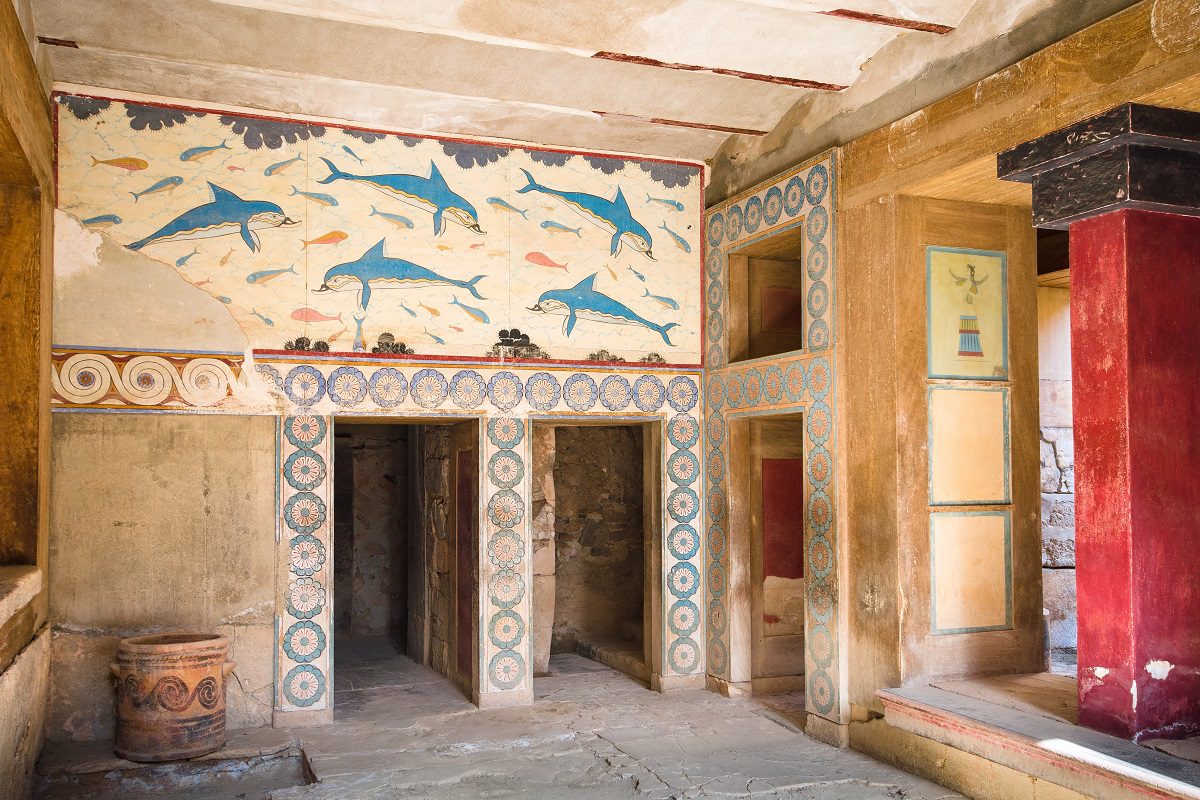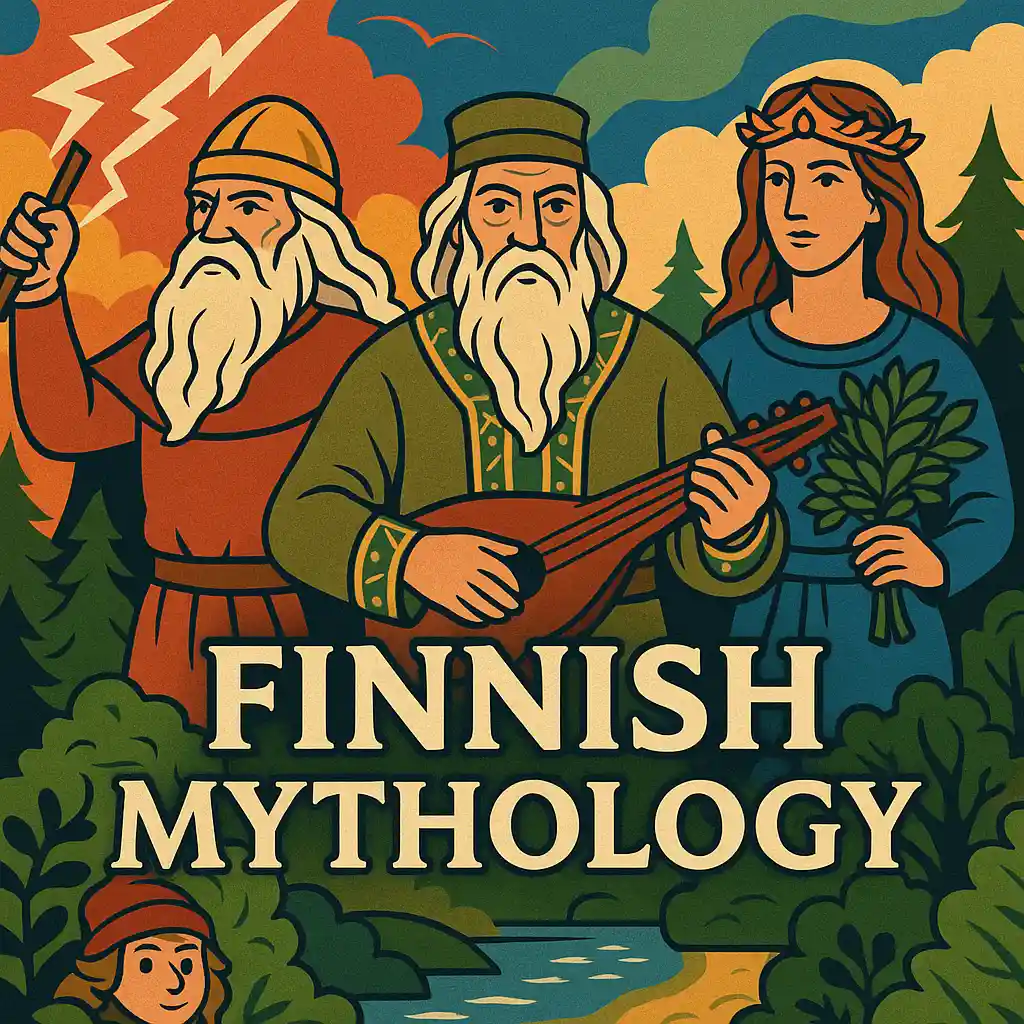
The image of a dolphin gracefully gliding through the sea was not merely a decorative motif in the ancient world—it carried rich layers of spiritual, mythological, and cultural meaning. In both Greek and Roman societies, dolphins were more than intelligent sea creatures; they symbolized protection, rebirth, divine connection, and even transformation. Their appearances in frescoes, mosaics, pottery, and sculpture form a compelling chapter in the artistic and symbolic history of the Mediterranean. This powerful presence is what defines ancient dolphin art symbolism, a theme that reveals the deep reverence these civilizations held for the sea and its mysterious inhabitants.
Sacred Swimmers: Dolphins in Myth and Worship
In ancient Greek mythology, dolphins were revered as sacred animals of Poseidon, god of the sea, and Apollo, god of prophecy and music. The dolphin was a symbol of good fortune and divine favor, often seen as a helper or savior of humanity.
According to legend, Apollo transformed himself into a dolphin to guide Cretan priests to the site of his temple at Delphi. Similarly, Poseidon was said to have sent a dolphin to persuade the sea nymph Amphitrite to become his bride. These stories reinforced the dolphin’s association with mediation between gods and mortals.
Killing a dolphin was regarded as a grievous offense—a crime against the gods. In classical Athens, harming one of these creatures could be punished by death. This severe reverence speaks to their divine status.
📘 For a deeper look into dolphin myth in classical religion, see the Theoi Project – a leading source on ancient Greek theology and mythology.
The Duality of Dolphin Symbolism: Life, Death, and Rebirth
One of the most powerful dimensions of ancient dolphin art symbolism lies in its connection to both death and rebirth. Dolphins inhabited both the visible surface of the sea and its hidden depths. To the ancient Greeks, this duality mirrored the two realms of existence—the world of the living and the shadowy domain of the dead.
This liminal position made dolphins ideal symbols for spiritual transition. They were seen as guides of the soul, akin to psychopomps like Hermes. In artworks associated with Dionysus—the god who died and was reborn each year—dolphins symbolized cyclical renewal and the crossing of metaphysical thresholds.
Notably, dolphins frequently appear in funerary art, such as sarcophagi and grave mosaics, implying their role in escorting the soul from life to afterlife.
🏛️ Art in Motion: Dolphins in Minoan and Mycenaean Frescoes
The Knossos Dolphin Fresco
One of the most iconic artistic depictions of dolphins in antiquity comes from the Late Minoan period (circa 1500 BCE). In the famed Palace of Knossos on the island of Crete, a vibrant fresco portrays dolphins swimming alongside orange, blue, and pink fish in an underwater scene. This masterpiece adorned a chamber often referred to as the “Queen’s Megaron.”
The aesthetic is elegant and naturalistic, reflecting the Minoans’ deep affinity with marine life. The painting not only celebrates beauty and harmony with nature but may also indicate beliefs about the sea’s protective and spiritual qualities.
📷 Learn more about this artwork through the British School at Athens, which conducts archaeological work in Crete.
Mycenaean Dolphins of Gla
Another early appearance of dolphins in art can be found in a 13th-century BCE fresco from the citadel of Gla in Boeotia, showcasing a dolphin frieze. It likely served as a spiritual protector of the household, uniting the practical and the symbolic.
These early depictions set the stage for the development of ancient dolphin art symbolism in later classical periods.
Pottery and Ceramics: Dolphins in Domestic Life
The Dolphin Aryballos from Rhodes
A particularly enchanting artifact is a 6th-century BCE aryballos (a small perfume bottle) in the shape of a dolphin, unearthed in Kamiros, Rhodes. Crafted in the faience technique—originally from Egypt but popularized in archaic Greece—the bottle’s dolphin form is both functional and symbolic. The opening for the oil sits on the dolphin’s back; the tail is missing, giving it a playful, floating look.
The presence of dolphins in such intimate items speaks to their charm and familiarity in daily life. They weren’t only sacred beings—they were companions of the household and protectors of beauty.
📗 See similar objects at the Metropolitan Museum of Art, which houses Hellenistic and archaic Greek ceramics.
Gods and Sea Creatures: Mythical Depictions on Vases
Dionysus’s Kylix: A Tale of Escape
One of the most famous portrayals of dolphins on pottery is the Dionysus Kylix by Exekias, dated around 530 BCE. The drinking cup shows the god Dionysus reclining on a ship, surrounded by grapevines, with dolphins swimming below. The scene references the myth in which pirates kidnap Dionysus, only for him to turn them into dolphins and escape.
This narrative not only emphasizes divine power but highlights the role of dolphins as transformed beings—spiritually evolved through interaction with the divine.
Dolphins in Military and Decorative Art
Soldiers Riding Dolphins
A remarkable image from a red-figure psykter (wine-cooling vessel) attributed to the Athenian painter Oltos shows armored soldiers riding dolphins. This playful yet heroic scene blends mythology, martial valor, and maritime identity.
The vessel itself was practical, used to cool wine at symposia—further evidence of how ancient dolphin art symbolism permeated every facet of life.
Pompeiian Dolphin Mosaics
In Roman Pompeii, dolphins adorned home mosaics such as the one in the House of Marcus Caesius Blandus, also known as the House of Venus and Mars. These dolphins likely symbolized maritime luck and household protection.
Roman domestic art frequently placed dolphins near thresholds—signaling that they acted as guardians of the home, warding off evil and inviting prosperity.
📙 View images and reconstructions at Pompeii in Pictures, a trusted archive for Roman archaeology.

The Romantic and the Divine: Aphrodite and Dolphins
The mosaic of Venus (Aphrodite) found in Kingscote, Gloucestershire (3rd–4th century CE), presents another layer of dolphin symbolism. Venus, adorned with jewelry and a mirror, is surrounded by dolphins—reminders of her mythical birth from the sea.
Here, dolphins stand as emblems of romance and sensuality. Their close association with the goddess of love enriches their symbolic repertoire, making them figures of affection and divine beauty.
📕 Explore the Corinium Museum for more on this mosaic and other Roman artifacts from Britain.
Satyrs and the Sea: The Tale of Arion
A marble statue from the 1st century CE, altered in the Renaissance, shows a young satyr (or Arion, the musician) astride a dolphin. According to Herodotus, Arion was cast overboard by pirates but rescued by a dolphin charmed by his music.
This scene not only embodies the harmony between man and nature but also illustrates a recurring mythological motif: the dolphin as savior.
📓 Read about this statue at Galleria Borghese, Rome’s premier sculpture gallery.
Enduring Impact and Modern Echoes
Even today, dolphins remain powerful symbols in art, spirituality, and pop culture. From sculptures at coastal towns to emblems in marine conservation, the dolphin’s image continues to evoke protection, joy, and connection. Modern artists draw from ancient dolphin art symbolism to communicate timeless messages—about harmony, nature, and transformation.
Contemporary archaeological finds, such as those in Austria and Turkey, continue to reveal Roman mosaics featuring dolphins. These discoveries remind us of the motif’s enduring charm across centuries and cultures.
📔 See reports from The Collector, which covers recent archaeological findings in Europe.
🧠 Frequently Asked Questions (FAQs)
What did dolphins symbolize in ancient Greek and Roman art?
They symbolized divine favor, protection, rebirth, and love. Dolphins were associated with Poseidon, Apollo, Dionysus, and Aphrodite.
Why were dolphins considered sacred?
They were messengers and helpers of the gods. Killing a dolphin was seen as an offense against the divine and often punished harshly.
Where can I see ancient dolphin art today?
Visit museums like the British Museum, the Met, Corinium Museum in the UK, or Galleria Borghese in Rome. Online archives like Pompeii in Pictures also display mosaics.
How were dolphins portrayed in myth?
Dolphins saved heroes like Arion, carried gods across the sea, and were even seen as transformed humans or pirates in myth.
What materials featured dolphin art in antiquity?
Dolphins appeared in frescoes, mosaics, ceramics, kylixes, aryballeis, sculptures, and home decoration.





